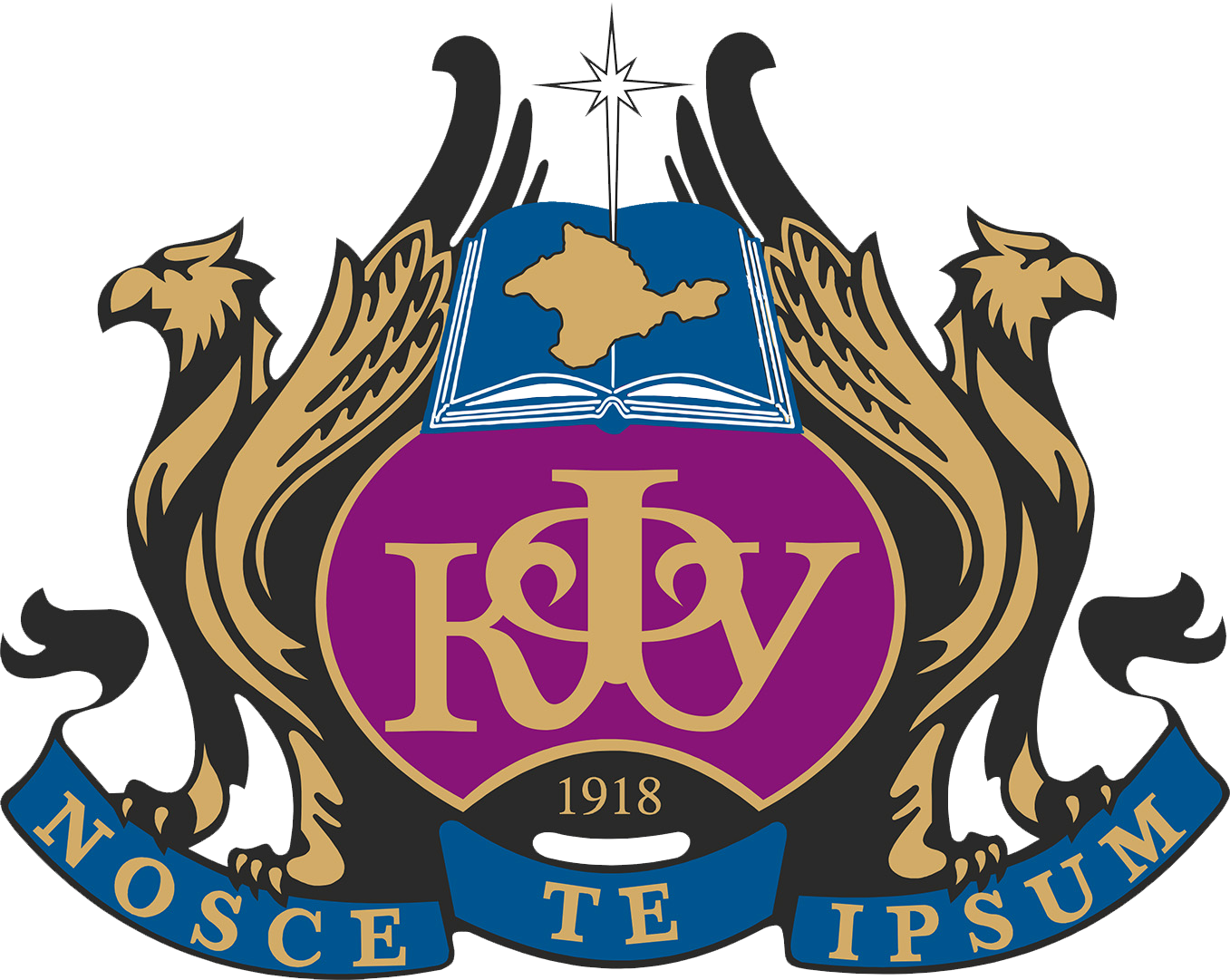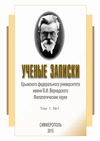The article is devoted to the consideration of the communicative and pragmatic tactics used in the letters of L. N. Tolstoy to S. A. Tolstoy for 1862–1864 and 1909–1910, and the objectification of ideas about oneself and about the addressee in the evolutionary aspect. To achieve this goal, the methods of conceptual and pragmatic analysis of texts are used. Special attention is paid to the two first and last letters. It was revealed that the first letter of declaration of love has the form of reasoning, it has an explanatory and apologetic character. The letter reflects the influence of a sentimental narrative while maintaining an argumentative composition. In these and subsequent letters, directive, care, concern, open recognition of one’s feelings, approval of the addressee’s actions, negative assessment of third parties, inclusion of the strategy are used. In order to implement them, Tolstoy forms a chamber symbolarium, which helps him to implement goal-setting in a concentrated way. In the first letters, Tolstoy puts on masks of an misunderstood, lonely, aging man. Letters express ideas about the addressee as a sensual, impulsive, but at the same time cautious person. The recipient’s perception is characterized by vagueness. Sofya Andreevna is still only a young, unspoiled person for him. After the wedding, the ideas about Sofia Andreevna are concretized. In the letters of recent years, Tolstoy embodies knowledge about himself as an old man, as a victim of a hysterical wife who is unable to fix anything, as a loving husband, as a person who thinks about the spiritual. The ideas about the addressee identify Sofya Andreevna as an honest wife, mother, a man with shattered nerves, who does not control himself and focuses on the material.
everyday writing, communicative and pragmatic tactics, addressee, addressee, L. N. Tolstoy.
1. Tolstoy L. N. Polnoe sobranie sochineniy.: v 90 t. T. 83 Pis'ma k S. A. Tolstoy, 1862–1886. – M.: RGB, 2006. – 651 s.
2. Tolstoy L. N. Polnoe sobranie sochineniy.: v 90 t. T. 84. Pis'ma k S. A. Tolstoy, 1887–1910. – M.: RGB, 2006. – 449 s.
3. Trocenko D. N. Memuary, dnevniki, lichnaya perepiska kak osnovnye istochniki dlya izuchenie povsednevnoy zhizni // Kubanskie istoricheskie chteniya. – Krasnodar: FGBU: «REA», 2010. – S. 140–141.
4. Usanova K. V. K voprosu ob eksplikacii cennostnoy dominanty «adresat» v nemeckoyazychnom druzheskom epistolyarii // Yazyk i mir izuchaemogo yazyka. 2015. − № 6. – S. 114–121.
5. Fesenko O. P. Epistolyariy: zhanr, stil', diskurs // Vestnik Chelyabinskogo gosudarstvennogo universiteta. – 2008. – № 23. − S. 132−143.





